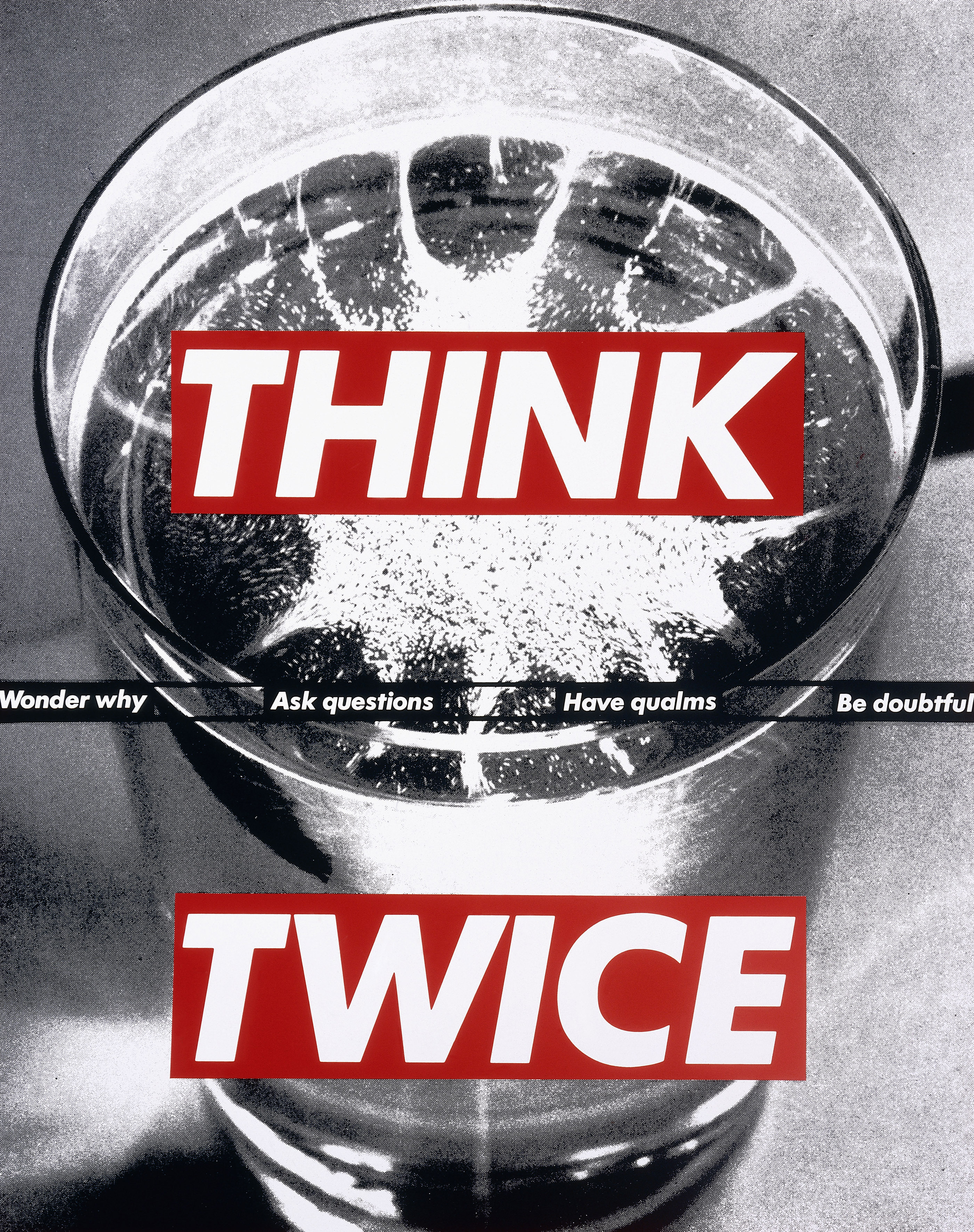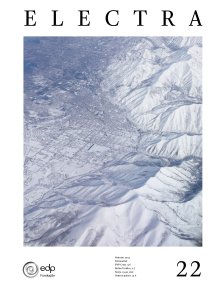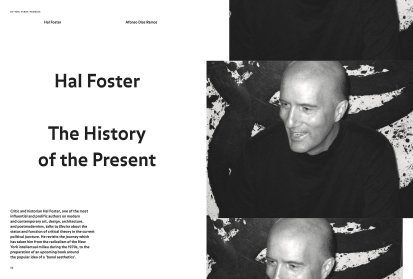Hal Foster has been pushing the boundaries of cultural criticism for over forty years, following the modernist tradition of the public intellectual who analyses contemporary culture with a deep commitment to history writing. Foster’s reputation as a formidable critic and innovative historian extends well beyond the disciplinary confines of modern and contemporary art into architecture, design, literature, and theory. Intellectually formed as an art critic in the radical context of late 1970s New York, heavily invested in revisionist readings of Marx, Freud, Nietzsche and Lacan, and coming into prominence during the culture wars of the 1980s against the backdrop of an exploding art market and cultural industry, Hal Foster has devoted most of his life to probing the potentials and pitfalls of critique. This year marks the fortieth anniversary of his first edited book, The Anti-Aesthetic: Essays on Postmodern Culture (1983), a ground-breaking anthology that assembled heavyweight critics such as Rosalind E. Krauss, Jürgen Habermas, Frederic Jameson, and Edward Said to map out the contested terrains of postmodern art and thought. As Foster staked out in another book that is required reading for art students, The Return of the Real (1996), ‘I have some distance on modernist art, but I have little on critical theory […] I developed as a critic […] when theoretical production became as important as artistic production’. And yet he added, ‘when it comes to critical theory, I have the interest of a second-generation initiate, not the zeal of a first generation convert’.
Hal Foster is Townsend Martin Professor of Art and Archaeology at Princeton University, where he teaches modernist and contemporary art and theory. He was an editor at Art in America until 1987, when he became Director of Critical and Curatorial Studies at the Whitney Museum until 1991. In addition to his renowned art historical books including Compulsive Beauty (1993), Design and Crime (2002), Prosthetic Gods (2004), The Art-Architecture Complex (2011), Bad New Days (2015), Foster was one of the founders of Zone magazine and books, and continues to contribute regularly to Artforum, London Review of Books, New Left Review, and October, where he has served as an editor since 1991. Among his most recent books are What Comes after Farce? Art and Criticism at a Time of Debacle (2020), which explores how a variety of artists respond to the current political moment, as well as Brutal Aesthetics: Dubuffet, Bataille, Jorn, Paolozzi (2020), a new historical take on Euro-American artists and thinkers after the Second World Art, derived from the prestigious A. W. Mellon Lectures in the Fine Arts that he delivered at the National Gallery of Art in Washington D.C. in 2018. Hal Foster speaks to Electra about what it means to be critical in the current conjuncture.



Share article